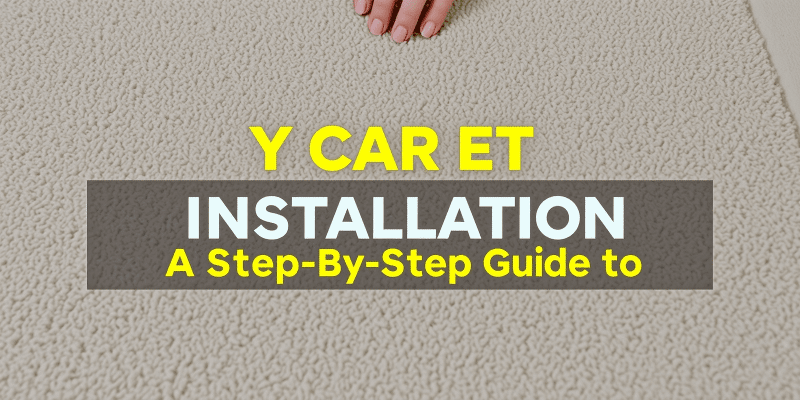Introduction
Installing a carpet can transform the look and feel of your space, making it cozier and more inviting. While professional installation is an option, doing it yourself (DIY) can save you money and provide a sense of accomplishment. This guide will walk you through every step of the process, from preparation to finishing touches, ensuring that you achieve a professional-looking result.
Preparation: Setting the Foundation
Assessing Your Space
Before diving into the installation, assess your space to determine the best approach. Measure the room accurately to purchase the right amount of carpet and padding. Ensure the room is clean, free from debris, and has no major repairs needed.
Clearing the Room
Remove all furniture and fixtures from the room. If you can’t move everything out, clear a path to access the entire floor area. Cover any remaining items with drop cloths to protect them from damage during the installation process.
Preparing the Subfloor
The subfloor must be smooth and level for the carpet to lay flat. Fill in any cracks or holes with joint compound or leveling compound. Sand rough areas until they are smooth. Vacuum thoroughly to remove dust and debris.
Choosing the Right Materials
Select high-quality carpet and padding that suit your needs and budget. Consider factors such as durability, color, and texture. Purchase enough materials to cover the entire room, plus some extra for potential waste or future repairs.
Installation: Laying Down the Carpet
Cutting the Carpet
Lay out the carpet on a clean surface and use a chalk line or straight edge to mark the cutting lines. Cut the carpet using a sharp utility knife. Make sure the cuts are straight and accurate to ensure a seamless fit.
Laying the Padding
Install the padding by rolling it out over the subfloor. Butt the edges together tightly without overlapping. Secure the padding with tape or staples to prevent it from shifting during installation.
Installing the Carpet
Start by laying the carpet along the longest wall in the room. Use a knee kicker to stretch the carpet into place. Work from one corner to the other, ensuring the carpet lies flat and smooth. Trim excess carpet at the walls using a carpet cutter.
Securing the Edges
Secure the edges of the carpet using a carpet tack strip. Nail the tack strips around the perimeter of the room, about ¼ inch from the wall. Tuck the carpet under the tack strips and secure it with nails or staples. Trim any excess carpet at the baseboards.
Finishing Touches: Perfecting the Look
Trimming the Edges
Trim the edges of the carpet neatly using a carpet cutter. Make sure the edges lie flush against the walls and baseboards. Use a putty knife to tuck any loose fibers under the carpet.
Cleaning Up
Vacuum the entire room to remove any debris or fibers left behind during installation. Inspect the carpet for any imperfections and make necessary adjustments. Clean up the workspace and dispose of any packaging materials.
Final Inspection
Take a final walk-through of the room to ensure the carpet looks perfect. Check for any uneven areas or loose fibers. Adjust the carpet as needed to achieve a professional finish.
Conclusion
Installing a carpet yourself can be a rewarding project that enhances your living space. By following these steps carefully, you can achieve a professional-looking result that adds comfort and style to your home. Remember to take your time, measure accurately, and choose quality materials for the best outcome.
Whether you’re looking to update your bedroom, living room, or basement, DIY carpet installation is a cost-effective solution that allows you to customize your space to your liking. With patience and attention to detail, you’ll have a beautifully installed carpet that will last for years to come.
